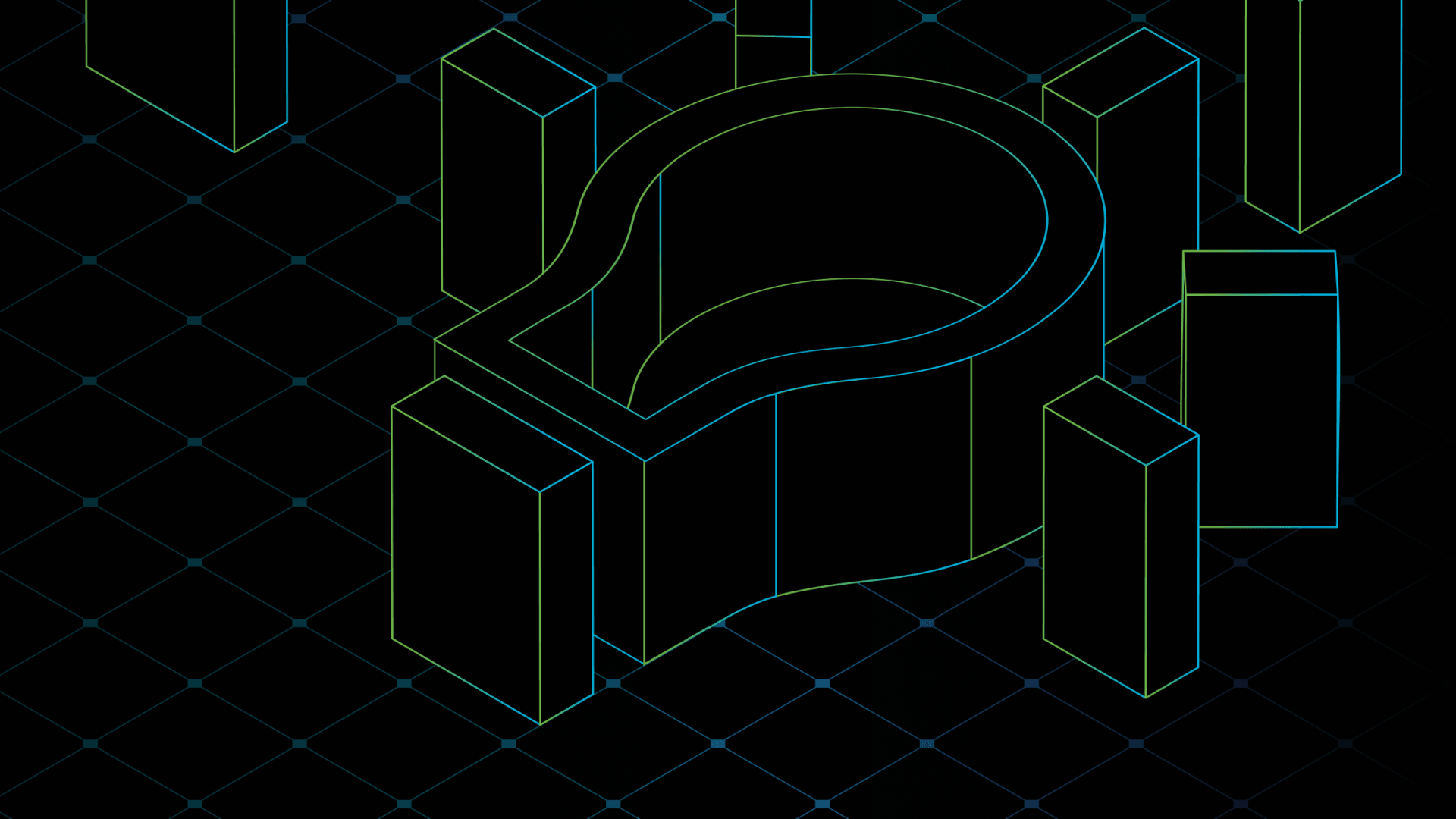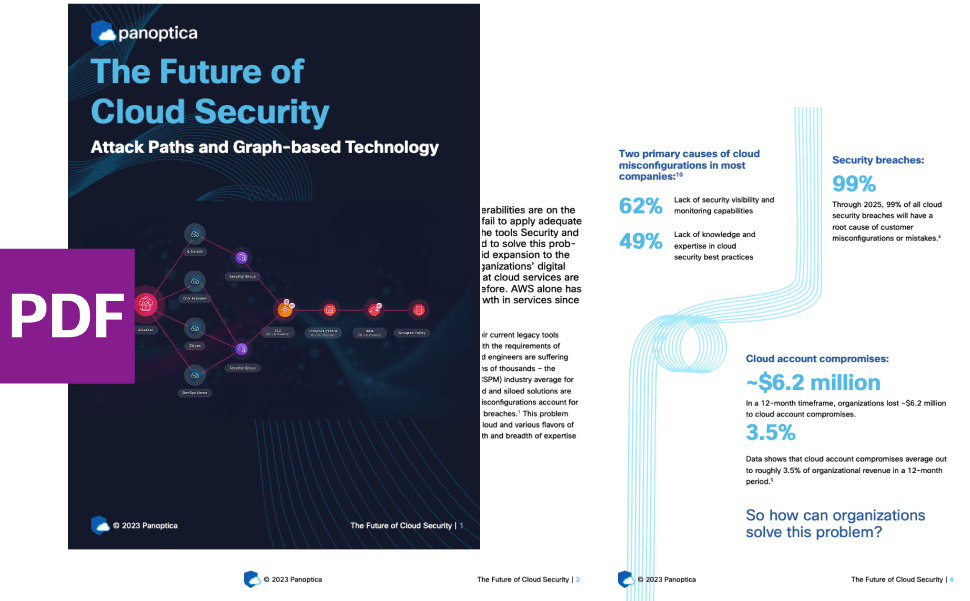Published on 00/00/0000
Last updated on 00/00/0000
Published on 00/00/0000
Last updated on 00/00/0000
Share
Share
SECURITY
4 min read

Share
Systematically upgrade to the latest version as soon as possible New versions typically include security features in addition to bug fixes. Latest releases should always be run with the latest release to avoid falling behind with upgrades, as implementing upgrades becomes more complex when jumping up a few versions. In any case, upgrading to a new version on a quarterly basis is highly recommended to limit extended exposure to newly patched vulnerabilities.Enable Role-Based Access Control (RBAC) Configure least-privilege access on all components with RBAC (enabled by default since v1.6 but needing granular configuration. Note: upgrade from prior versions requires disabling legacy Attribute-Based Access Control (ABAC).kubectl get clusterrolebinding or kubectl get rolebinding -all-namespaces.automountServiceAccountToken to false for applications that do not need access to the API.Use namespaces to establish security boundaries Reduce risks of lateral escalation by isolating components by creating separate namespaces. In addition to increasing security, this will facilitate security control when configuring Network Policies. Use kubectl get ns to check for remaining default namespacesSeparate sensitive workloads Run sensitive workloads on a dedicated set of machines to reduce the risk of a breach through a less-secure application sharing a container runtime or host.Prevent exposure of sensitive information through metadata Unrestricted access to information recorded in metadata, statistical reports, search indices, or other resources might be leveraged to extract original information or intuit some details.Create and define cluster network policies Leverage Network Policies to control network access into and out of your containerized applications. When using a managed Kubernetes provider, ensure compatibility with their Network Policies and configure them granularly to eliminate unwanted default options.Run a cluster-wide Pod Security Policy Configure Pod Security Policy admission controller to replace default values with least privileged access values to define how workloads are allowed to run in your cluster. Consider defining a policy and enabling the Pod Security Policy admission controller.Harden node security To improve your nodes security posture:Turn on audit logging Enable audit logs and check them for suspicious API calls.

Get emerging insights on emerging technology straight to your inbox.
Outshift is leading the way in building an open, interoperable, agent-first, quantum-safe infrastructure for the future of artificial intelligence.

* No email required

The Shift is Outshift’s exclusive newsletter.
Get the latest news and updates on generative AI, quantum computing, and other groundbreaking innovations shaping the future of technology.
